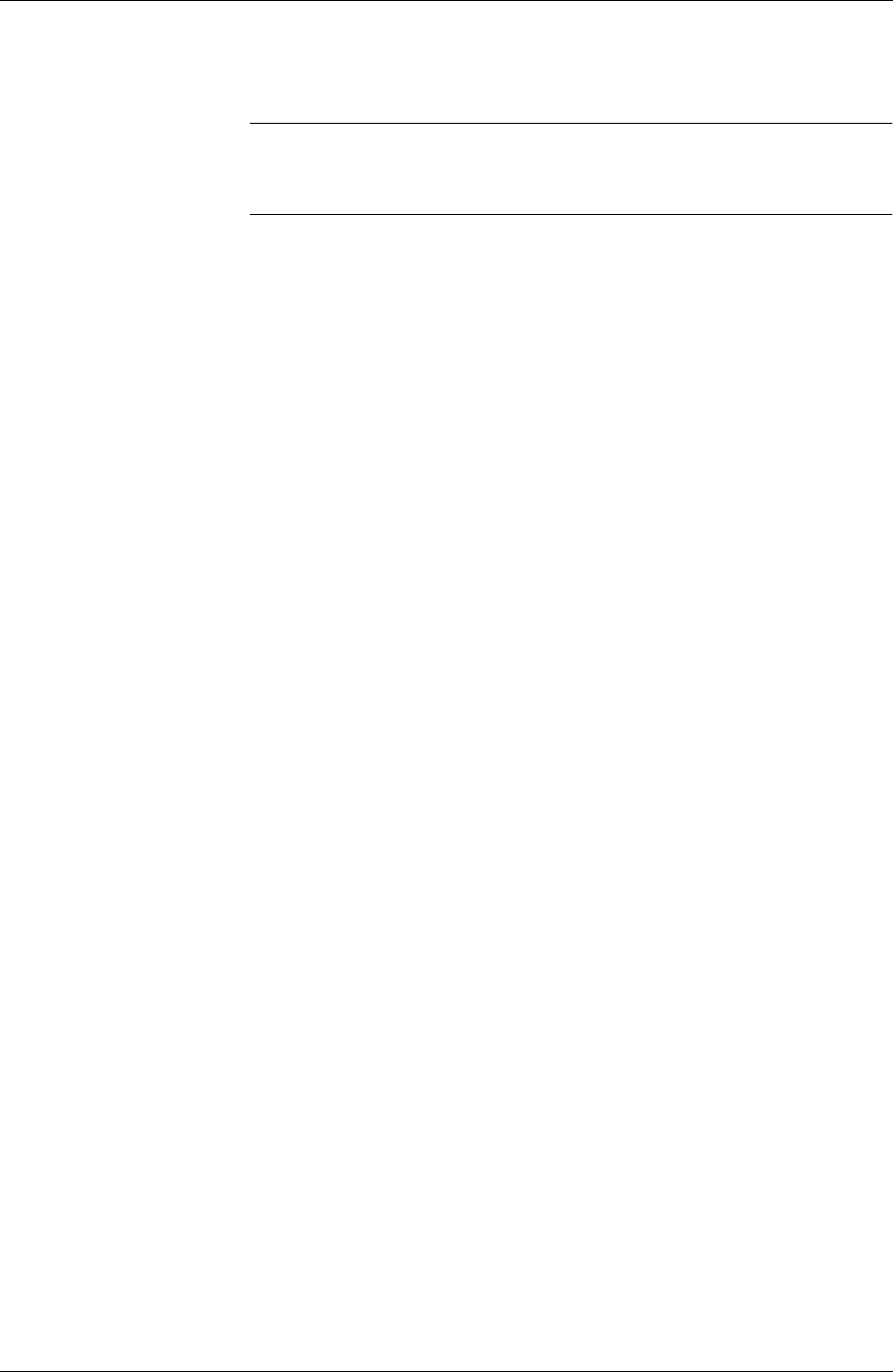
Sizing the system
101-1620-005 2-5
Units of
measurement for
busy hour traffic
Busy hour traffic is normally expressed in units of measurement such as
minutes, Erlangs, or Centum Call Seconds (CCS).
Note: 1 CCS = 100 call seconds. For example, there are 3,600
seconds in 1 hour. To determine the number of CCS in 1 hour,
divide 3,600 by 100 to get 36 CCS.
Minutes, Erlangs, and CCS are different ways of expressing busy hour
traffic. For example, during busy hour, 120 calls are generated with an
average length of 30 seconds each. This equals 3,600 call seconds (120 x
30) of busy hour traffic. This same number can also be expressed as 60
call minutes, 1 Erlang, or 36 CCS of busy hour traffic. That is:
“Calculating the amount of busy hour traffic”, below, describes how to
calculate busy hour offered traffic in seconds and how to convert to
minutes, Erlangs, or CCS units.
Calculating the
amount of busy
hour traffic
Standard traffic engineering tables are used to determine the proper
number of ports based on busy hour offered traffic. Offered traffic is the
total traffic offered to a group of ports during the busy hour, including
calls that are blocked. It is usually expressed in minutes, Erlangs, or CCS.
Carried traffic is the total busy hour traffic that was offered to the group
of ports minus the blocked calls. To calculate the total minutes of busy
hour offered traffic, two variables must be known or estimated:
n The average number of calls generated during the busy hour. This
is all calls incoming and outgoing.
n The average length of a call, also known as average hold time
(AHT), usually expressed in seconds or minutes. The hold time
must include call setup and tear-down time. Setup time starts
from the moment a port is seized, that is, when ringing starts.
Tear-down time is the time it takes for the port to be available to
process another call after a caller hangs up or is disconnected by
the server.
Below is a telephone answering/messaging example with no other
applications in use:
If 1,500 calls (forwarded and direct calls) are generated during the busy
hour, and the AHT of a call is 45 seconds, the total busy hour traffic can
be calculated as follows:
1,500 calls x 45 seconds = 67,500 call seconds of busy hour offered
traffic.
3,600 call seconds(/60) = 60 call minutes(/60) = 1 call hour or
Erlang = 36 CCS


















